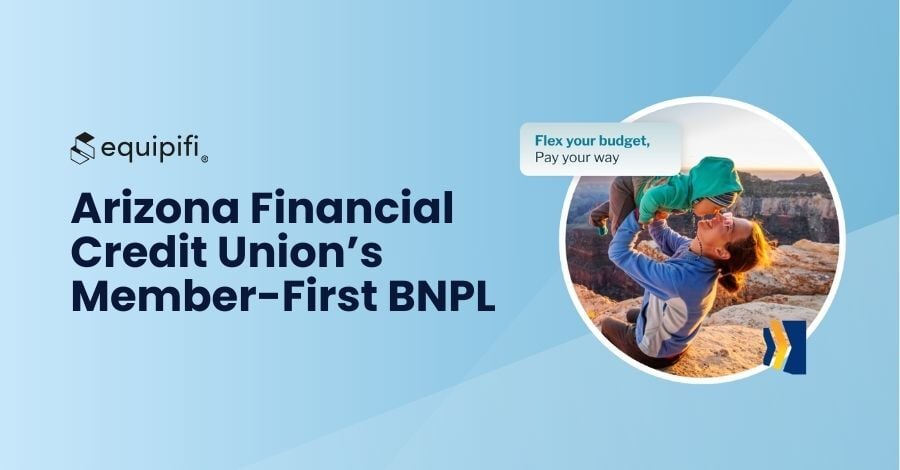No matter who you are, you’ve likely been receiving emails and ads about Amazon’s Prime Days this year. It’s undeniable that Prime Days are a big deal for US consumers … and financial institutions.
Yes, that’s right. Large retail holidays like Prime Day, Memorial Day, and Black Friday should be given significant attention by banks and credit unions. Consumers have grown to anticipate these steep discounts, and households are saving up money to take advantage of them, creating predictable seasonality.
Many banks and credit unions are already keeping track of these shopping seasons as leading indicators of how US consumers spend money, how their financial health will be impacted, and how their financial needs will evolve. But the question is: How can this be made into actionable ways to grow accounts, increase deposits, and support cardholder needs?
Let’s get started with the basics.
Your Amazon-Target-Walmart shoppers make a strong targetable audience
What do you see when you look through the transaction data of your cardholders? Are there large amounts of purchases being made at retailers such as Amazon, Target, and Walmart? Make a note of who these cardholders are because they are going to receive emails and offers reminding them of when these discount dates are and what to expect. Take advantage of these retailer days and have relevant offers for them in their inbox. They’ll be thinking about making purchases, and they will be actively budgeting their finances.
If you are not paying attention to this cardholder group and how their shopping and banking behavior change around retailer holidays, this is a good time to start. When my team works through our pro forma assessment with our partner financial institutions, we always discover that this is a strong target audience segment: Amazon, Target, and Walmart alone comprise of an average of 15 percent of all transactions. Are you giving them incentives to use your debit card when they go shopping so that you stay top of wallet? Are you reminding them of how they can free up cash flow for those larger purchases?
What you don’t offer is actively lost to the competition
Recently, a PYMNTS.com article noted that 28 percent of members leave their credit unions if they can get better leading-edge banking experiences elsewhere. That means for banks and credit union to grow accounts and deposits, the best defense is a good offense. Why? Because from third-party fintech, to technology company, to retailers, everyone wants the coveted role of being a primary financial institution. You want to grow deposits and accounts, but so do third-party BNPL providers like Affirm and Klarna, as well as technology companies like Apple Pay Later. They know that for consumers to engage, they must provide not only the kind of purchase and payment experience that is preferred, but the best one. They are meeting your cardholders where they are, and at the expense of your cardholder engagement and loyalty.
 If your cardholders are shopping at Amazon, Target, or Walmart during these discount days, and their check out basket ends up costing more a little more than they have in their bank account, what happens? In the past, they may reduce the size of their purchase, but now they have the option of paying in installments at check out, offered for example by Amazon’s partnership with Affirm. Without the ability to split payments on your debit card, your card is out of the running. Cash will flow out of their checking account with you for months to come. And you have just lost position at their top of wallet.
If your cardholders are shopping at Amazon, Target, or Walmart during these discount days, and their check out basket ends up costing more a little more than they have in their bank account, what happens? In the past, they may reduce the size of their purchase, but now they have the option of paying in installments at check out, offered for example by Amazon’s partnership with Affirm. Without the ability to split payments on your debit card, your card is out of the running. Cash will flow out of their checking account with you for months to come. And you have just lost position at their top of wallet.
This doesn’t have to happen. In fact, when financial institutions offer their own Buy Now, Pay Later product to cardholders, we see on average 20 percent of plans be used for purchases at Target, Amazon, and Walmart – and that’s not even during Prime Day season.
Keep tabs on discount shopping days
How closely are you tracking these discount shopping days? If you aren’t, you are missing out on a key opportunity to better understand your cardholders, because retailers will make sure they know exactly when it will take place and provide discount incentives to spend big.
For example, you may know about Prime Day this year, but did you also know that other major retailers such as Target and Walmart have their own competing discount events at the same time? Did you also know that last year, Amazon had a second Prime Day in October? Retailers set these dates knowing how consumers make purchases, anticipating the cash flow availability in checking and saving accounts. We track them, and you should too.
Here are the Prime Day and competitor dates for you this year. Many brands and retailers have sales during this time too in order to cater to consumer expectations:
Amazon Prime Day: July 11-12, 2023
Target Circle Week: July 9-15, 2023
Walmart+ Week: July 10-13, 2023
Best Buy Black Friday in July Sale: July 10-12, 2023
As technology and consumer behaviors shift, so does the role of financial institutions and their relationship with cardholders. Understanding shopping, retail holidays, and why they are important is now necessary to serving cardholders, and it is next to impossible to grow accounts, deposits, and engagement otherwise. Now that you know that basics, stay tuned to more industry trend and proprietary data related to Buy Now, Pay Later Insights and Innovation.





SHARE